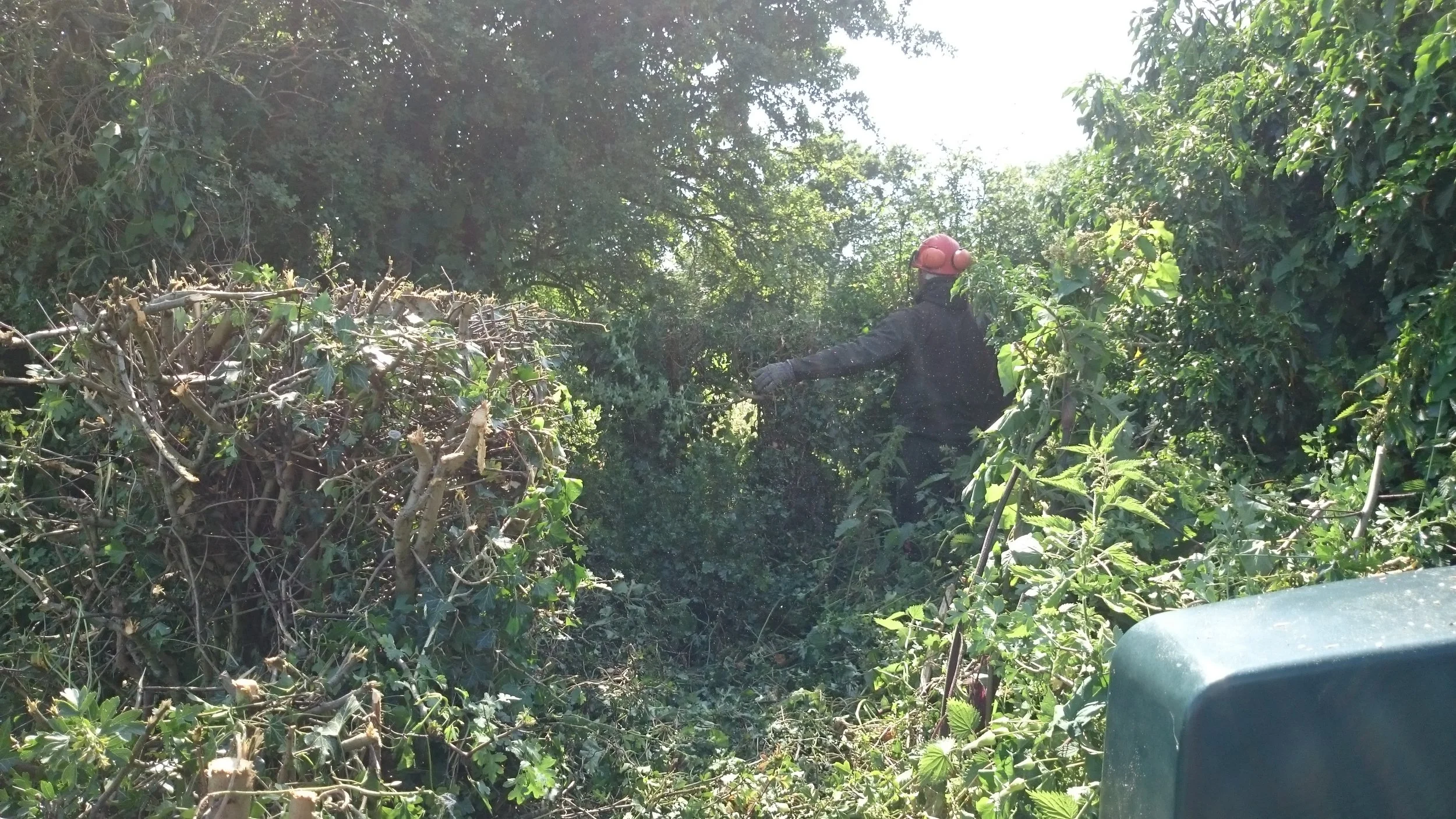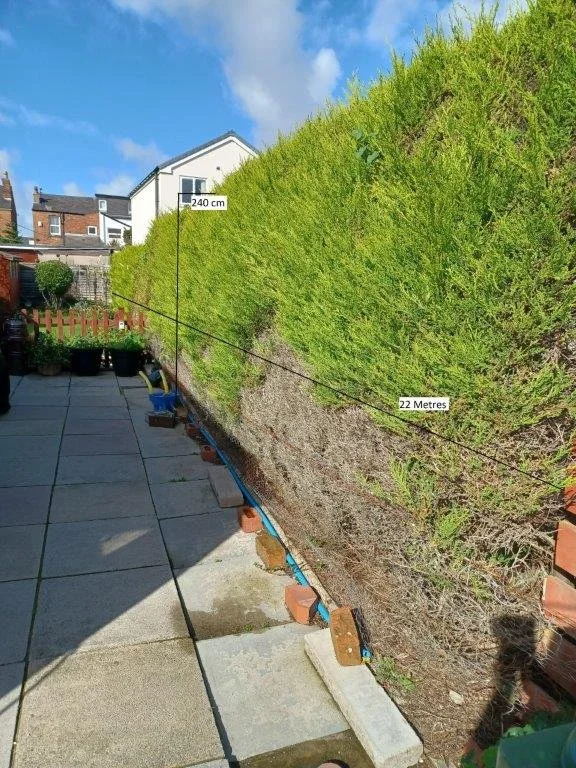Hedge Trimming
Whether you want the height of your hedge drastically reducing or just want a seasonal trim, call us to discuss your requirements, better still, email us some photos and we will send you a quotation.
The best time to prune deciduous trees is when they are dormant i.e. in autumn or early spring. Do not prune or trim them when there is a risk of frost. If you have not been able to carry out this work during this time, be aware that birds could be nesting in your hedge from mid February to mid May.
Hedge trimming in Summer is fine as long as you are not cutting into old wood and plenty of green leaf is left for the tree to convert sunlight into food for it to survive the winter, better still if there is still time for the plants to grow new leaves before autumn.
Evergreen hedges should be ideally be pruned in spring, summer is again fine, preferably early summer, but trimming in autumn is not recommended since you will depriving the plant of essential food required for the winter.
Untidy Hedge
Tidy Hedge
Conifer height reduction required
Conifer height reduction complete
Over Grown Hedge - send for Stumpworks
Hedge Removal
Why get someone else to remove your hedge when they will leave you with a row of stumps? We remove the stumps as well!!
The most common type of hedge that we remove is the conifer Cypress Leylandii, this is also the most common type of hedge that we get asked to reduce the height of. After the Leylandii, Laurel, Privet, Beech, Hornbeam and Hawthorn are all hedges that we are asked to remove.
The most common reason for removing a hedge is to replace it with a fence, so the hedge stumps and roots obviously need to be removed as well - call Stumpworks.









